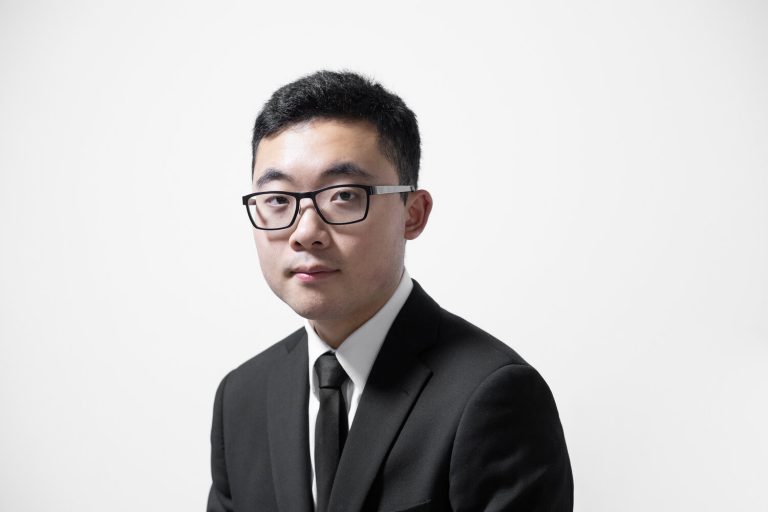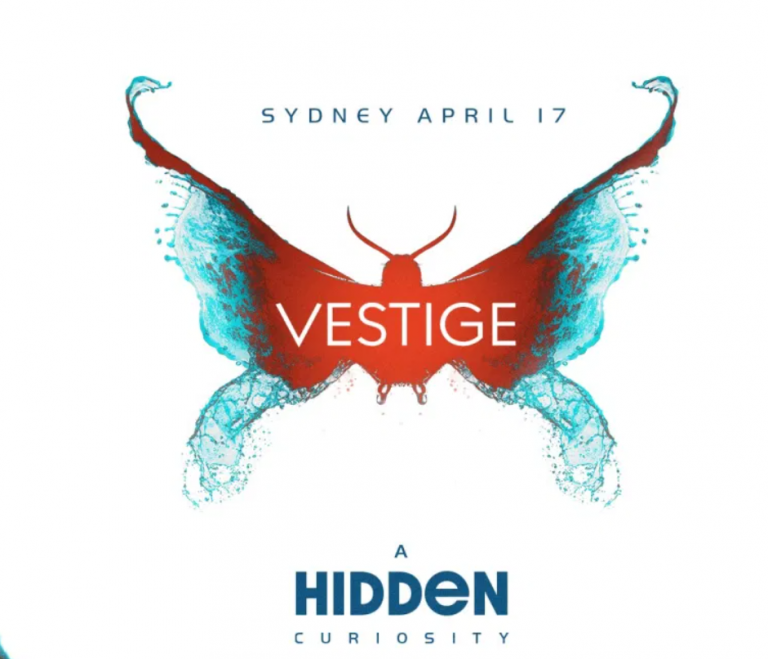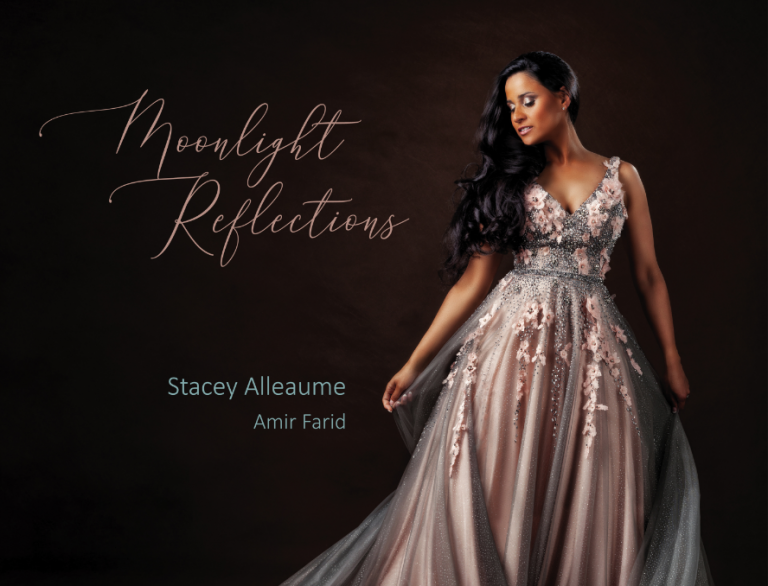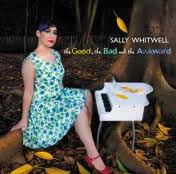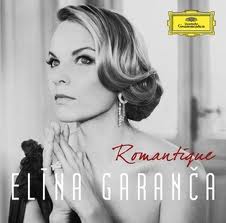Opera Review: La Calisto/ Sydney Conservatorium of Music Opera School

La Calisto, Francesco Cavalli
Sydney Conservatorium of Music Opera School
Sydney Conservatorium of Music
May 20, 2017
Written by Deen Hamaker
17th Century Venice must have been quite a place to produce a work as wild as La Calisto. Even by today’s no holds barred artistic standards there are some outrageous situations in this wild masterpiece. Sexually ambiguous gods, nymphs and satyrs cavort through the woods and off into the stars accompanied by the rich sensuous music of Francesco Cavalli. Giovanni Faustini crafted his libretto from Ovid’s Metamorphoses, ably combining the myth of Calisto’s seduction by Jupiter and her subsequent transformations into a bear and the constellation Ursa Major with the myth of the goddess Diana and the shepherd Endymion creating a world of lust and deception that must have titillated its initial Venetian audiences.
This production is a rare outing for one of Cavalli’s operas in Australia. It is a pleasure to have the opportunity to hear this masterwork in Sydney. Cavalli’s operas date to a very early period of opera’s history, just over 50 years after the first ever opera performances of Jacopo Peri’s Dafne in Florence in 1598. Premiered in 1651, La Calisto was performed 11 times in its original run in Venice and then remained unperformed until it was rediscovered in the 20th century. Famously the opera was a showcase for Ileana Cotrubas, James Bowman and Dame Janet Baker at Glyndebourne in 1971. Gradually it has gained a place in the baroque repertoire and has been produced at both the Bayerische Staatsoper and the Royal Opera House London in recent years. The sound world of 17th century opera is worlds away from the more familiar baroque operas of George Frideric Handel. Without the da capo aria and recitative format closely associated with the works of the late baroque, the focus is very much on the text rather than elaborate ornamentation.
This production is set in modern dress in an elegant room painted with stars with a curtained stage in the middle for the ‘deus ex machina’ entrances of the gods. Using the framing device of a modern Australian wedding, the opera guests became the satyrs of the forests and the gods of the sky. While an interesting idea, the wedding concept wasn’t really developed into the story of the opera and seemed an extraneous addition. One wishes it could have been used in contrast with the lust and passions in the opera. The simple yet elegant costumes sat well with the characters and worked particularly well in the frequent ‘en travesti’ moments. Magical moments like Calisto’s transformation into a bear were handled in a clever theatrical way. Despite some vulgarity in background, the sexual content is done well without any gratuitous nudity.
Vocally this cast is firing on all cylinders. The students of the Conservatorium are showing that they are on the way to being the stars of the future. In the incredibly challenging role of Giove was Tristan Entwistle. Unique in opera, the role requires the baritone to sing half the role in falsetto up in the soprano register. Giove has come to heal Earth after a war, but he has fallen in lust with the nymph Calisto. Being a chaste devotee of the goddess Diana, Calisto rejects him. Giove won’t give up that easily. He transforms himself into a vision of the goddess and seduces Calisto. To convince Calisto, Giove sings his lines as Diana in falsetto and of course Calisto falls for it. Entwistle made excellent use of his ample falsetto. In one demanding scene, he showed considerable bravado by singing alternatively up and down depending on the character he is addressing.
As the nymph Calisto, Samanta Lestavel was excellent. She has a lovely agile voice, perfectly suited for the role’s flights of coloratura. She sang beautifully throughout the long role, effortlessly handling all the requirements of the character. Kudos also to mezzo soprano Rebecca Hart as the shepherd Endymion and counter tenor Robert Adam as the nymph Linfea, who both sang beautifully in their unusual ‘en travesti’ roles. Joshua Oxley as Pan was wonderful. In the large ensemble cast, Viktoria Bolonina as Diana, Sitong Liu as Satirino, Vincent Farrell as Sivanus and Jeremy Dube as Mercury were all excellent. The future of Australian opera is bright with such excellent talent in training at the Conservatorium.
Leading a baroque orchestra of unusual dimensions from the harpsichord was Professor Neal Peres Da Costa. He kept up the pace throughout the evening, ensuring that interest never flagged. The familiar instruments such as violins, violas, cellos were joined by a cornetto, a dulcian, theorbos and recorders. Even a guitar finds its place in this unusual ensemble. Very different in texture from the orchestras used by Handel, the ensemble played wonderfully in a style unfamiliar to many today. As per the programme, this run of performances provided the first opportunity for many of the students in the Conservatorium’s Early Music Ensemble to play these instruments. Given the quality of this performance, I hope that this won’t be the last opportunity these musicians have to play these instruments.
Overall this was an enjoyable evening rediscovering a rare baroque treasure that takes us into the bawdy masquerade that was 17th century Venice. With an enthusiastic young cast of eager students and a rare opportunity to see an opera by Francesco Cavalli, these performances should not be missed.
Deen Hamaker for SoundsLikeSydney©
Deen Hamaker is a passionate opera aficionado and commentator. Introduced to theatre, opera and classical music at a very young age, he has acted in and directed several theatre productions, both in Australia and overseas. Deen lived in Japan for several years and studied the performing arts of Asia. Deen’s particular passion is opera, particularly the Russian, French and Modern repertoire. Deen was a contributing author for “Great, Grand and Famous Opera Houses”, 2012. Fluent in Japanese, Deen holds a Bachelor of Arts in Japanese from Griffith University and currently lives in Sydney.


